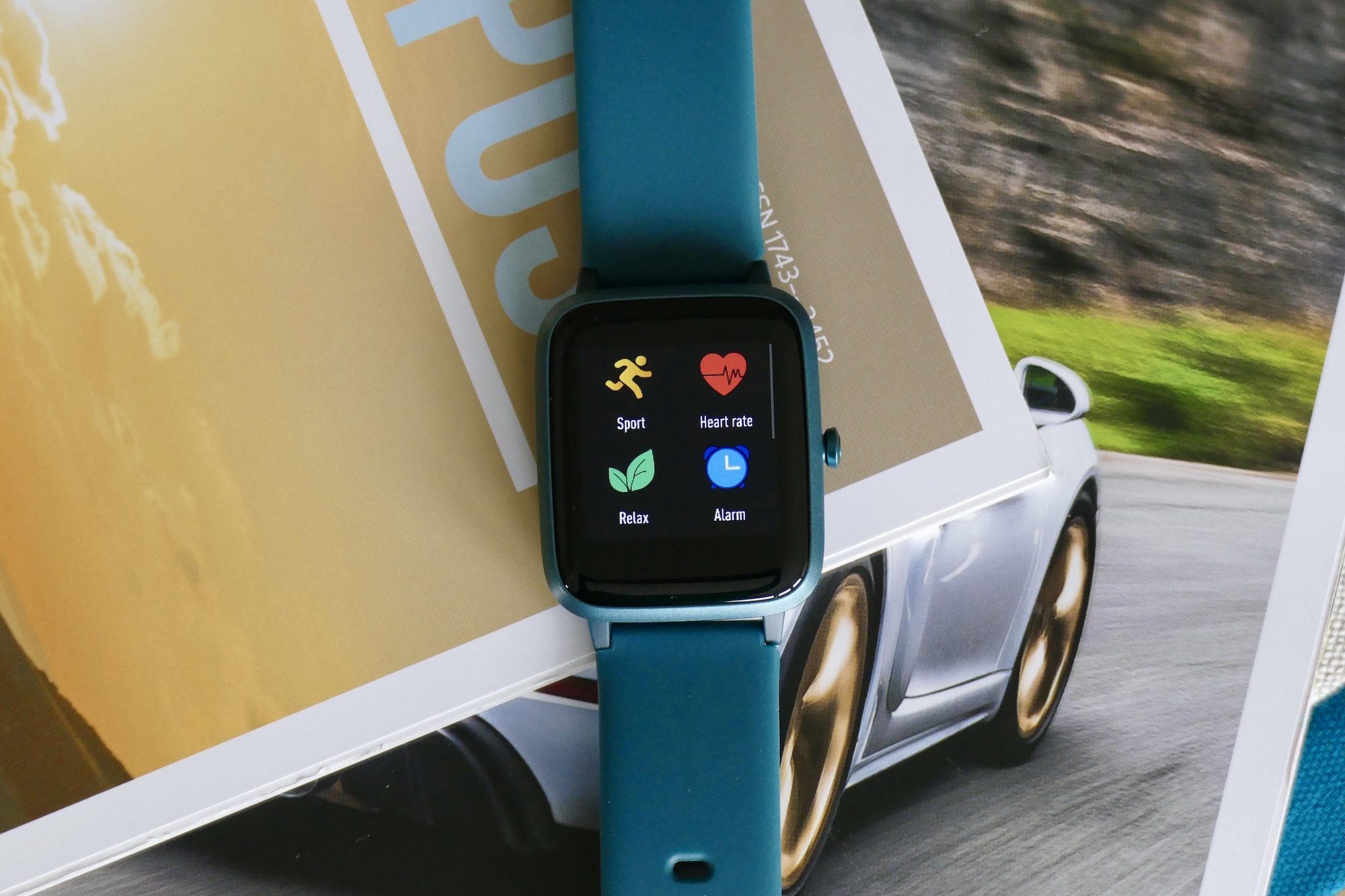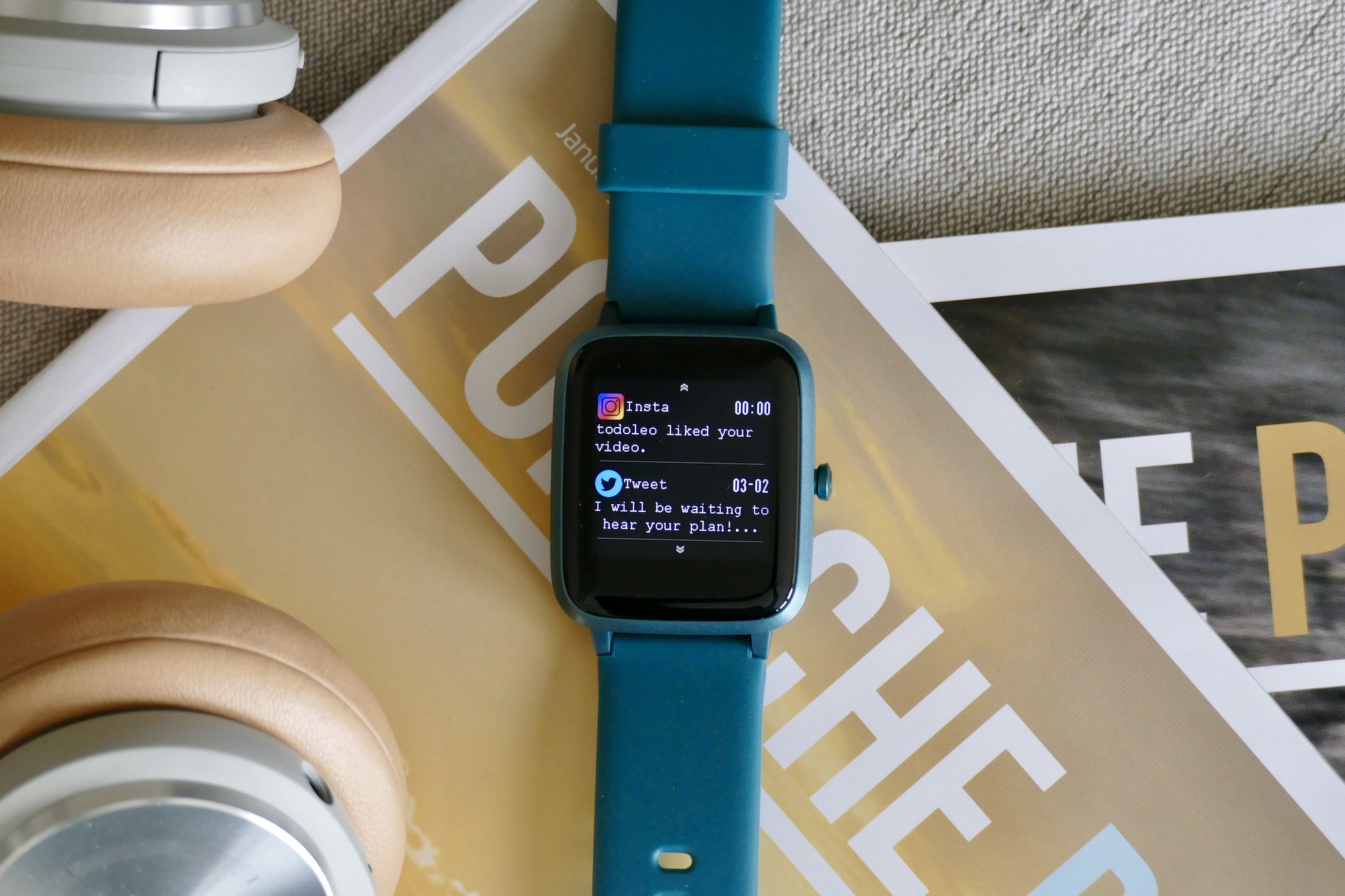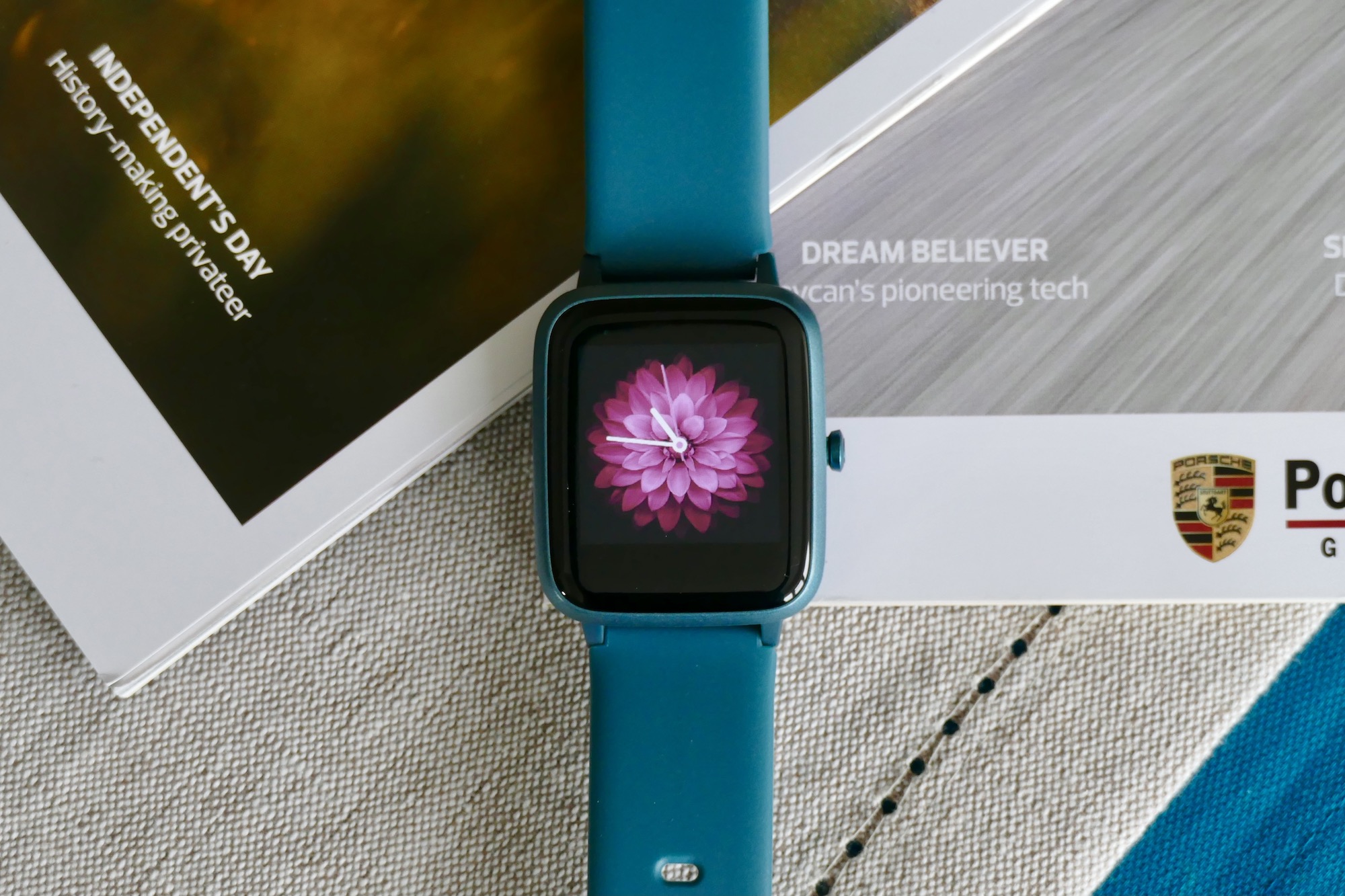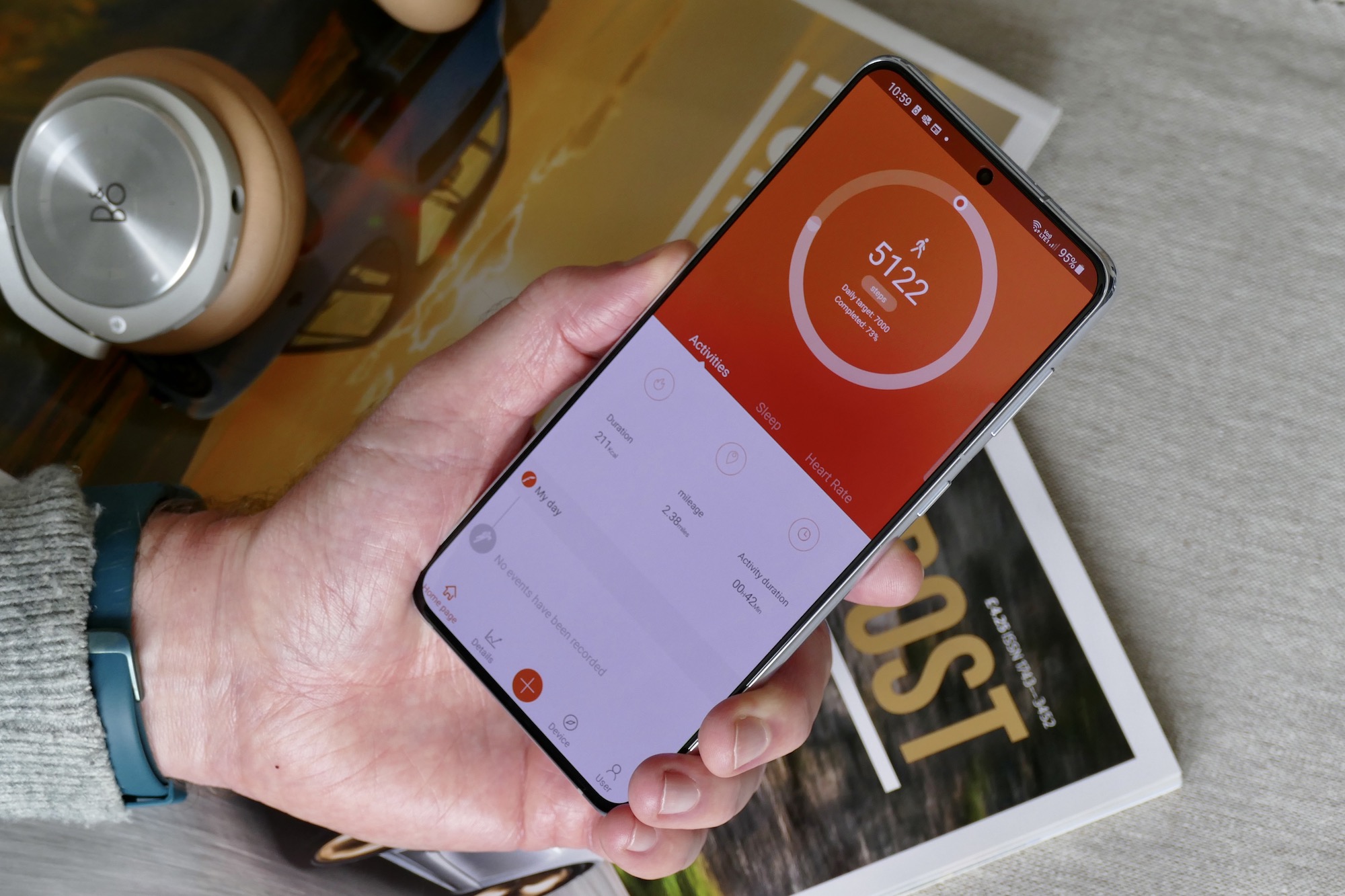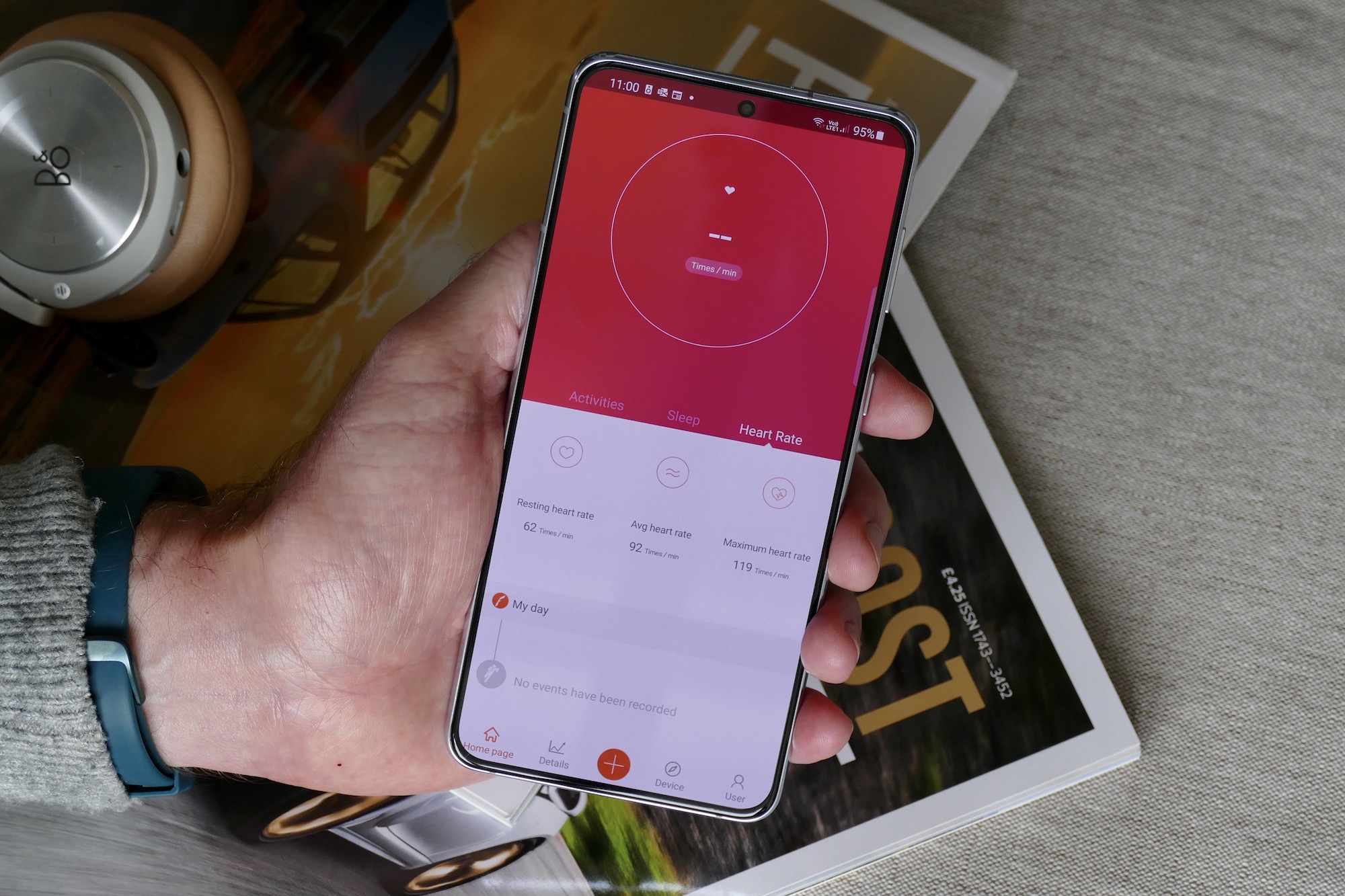Surely a smartwatch that costs just $36 will be terrible, right?
With an average 4.5 stars out of 5 rating from nearly 35,000 different reviews, the $36 Willful Smart Watch is not only one of the highest-rated, but also one of the cheapest smartwatches you can buy through Amazon. It’s also one of many extremely similar models, from companies like Popglory, Letsfit, Vigorun, Judneer, Lifebee, and IdealRoyal. No, I’ve never heard of them either.

This doesn’t suggest awfulness. The Willful, astonishingly, is also the number one best-selling smartwatch on Amazon U.K. (where it has another 17,000 reviews and a 4.5-star average), so surely it’s a hidden gem amongst the sea of similar-but-lesser models? I thought it best to find out, but my expectations remained subterranean.
Shockingly, and perhaps disappointingly, it turned out to be far better than it has any right to be. However, please don’t take this as a recommendation just yet.
Disappointingly acceptable
I was ready to lay into the Willful Smart Watch and direct all my pent-up, lockdown-fueled annoyance in its direction. Before it arrived, I prepared myself for it to be poorly made, the app to be buggy and unusable, and for the high ratings to be nonsense from people who simply didn’t know any better. I stretched my fingers in preparation for typing out a full-blown, sarcasm-filled dissection of everything that made the Willful pitiful. My limber digits were left disappointed though, because the Willful Smart Watch is not a miserable wart-on-the-wrist piece of wearable tech after all.

If it’s not dire, then what is it? If the Willful Smart Watch were food, it would be your local market’s value bag of pasta. It will stop you from passing out, but it won’t be a spectacular culinary delight you’ll remember forever, and you’re unlikely to actually choose to eat it again. To really put across the Willful’s absolute averageness, and why that translates into 35,000 mostly good reviews on Amazon, let’s take a closer look.
Less hateful than a Pebble Time
When I put the Willful Smart Watch on, it reminded me of wearing the Pebble Time. Released in 2015, the square-faced wearable, with its chunky plastic body and massive bezels, looked like Baby’s First Smartwatch. The Willful Smart Watch may be smaller on the wrist, but it also has a large bezel around the small screen and is made entirely from plastic. Wearing it is like putting on someone’s failed attempt at a 3D-printed Apple Watch.

Derivative, cheap, and without any unique styling features at all, the Willful Smart Watch doesn’t just belong under your sleeve, it should be hidden away from the public gaze in general. Except as of this moment, I’m now running out of reasons to be hostile towards the smartwatch. Despite its unimaginative look, the balance of the design — the body and screen are small, but the strap isn’t — is well judged. It’s also very light, and the silicone strap doesn’t get uncomfortable or sweaty. I often forgot I was wearing it, not just because it’s so desperately ordinary to look at, but also because it’s barely noticeable.

The design, shape, and materials are still where I struggle to understand the tens of thousands of people who bought (and mostly liked) the Willful Smart Watch. For a wearable, particularly a smartwatch, any functionality simply has to be paired with an attractive design for someone to want to wear it. From a distance, the shiny plastic case may pass for something a little more stylistically pleasing, but up close for the person wearing it, the Willful will always be a $36 piece of plastic, and where’s the joy in that?
Does it work?
On to actually using the smartwatch. Does it work? Yes, it does, but don’t expect niceties like an always-on screen, any more than four watch faces, or anything like apps or mobile payments — it has a very simple, clearly laid out, basic operating system. Think of the Willful as less smartwatch, more fitness band from a few years ago. However, the Willful obstinately refuses to be a stereotypically poorly performing cheap piece of tech.
I’m choosing my words carefully here, but the watch’s software is adequate and perfectly tolerable. That’s quite some praise, right? Not normally, no, but for a $36 no-name smartwatch that costs less than most straps you can buy for the Apple Watch, it’s good news. Amazingly, it’s absolutely no worse in some situations than Wear OS, Huawei’s smartwatch software, or Amazfit’s operating system either.

The software’s simplicity is almost certainly why the Willful’s reviews are largely positive. It’s not annoying or frustrating to use. It delivers notifications, mostly, and although the formatting is often weird, I can gather the gist of what’s being said. It tells me the time, shows me the battery status, and the Bluetooth has stayed reliably connected to my phone too. The touchscreen isn’t the last word in finesse, but it does what I ask when I swipe or tap, just with fewer frames of animation than more expensive smartwatches.
Tracking activity
The workout tracking includes running, cycling, yoga, spin, and climbing. Tracking is one thing, but accuracy is another. I wore the Willful alongside the Apple Watch Series 6 for a day, and the Willful underestimated the final step count by about 1,200 compared to it. That’s not great, but the heart rate results were within a beat of each other, indicating the sensor on the back is accurate even if the accelerometer lags behind.
Even the wonderfully named VeryFitPro app needed to collate all the fitness data, sync the watch, and adjust some of the different features is competent. It shows all your step, workout, and sleep data, is fast and reliable, and although it’s not pretty and provides no feedback about improving your stats, it does the job in a satisfactory manner. Finally, there’s the battery life. I’ve been wearing it for the past five days and it’s down to 70%. You’ll get 10 days out of it, I expect.
Not bad at all. Damn it, Willful Smart Watch, you’re spoiling all my fun by not being utterly dreadful.
Willfully reasonable
The competency of the Willful’s software and app is a surprise, and the main reason why I haven’t given it an absolute drubbing. However, even though it does the job, it’s still inside the unremarkable, very plastic, Apple Watch-like case. I question why the people who wear the Willful every day didn’t get a cheap fitness band like the Xiaomi Mi Band 5 instead? It costs about the same, is considerably higher quality, unobtrusive on the wrist, boasts a beautiful AMOLED screen, good software, and plenty of functionality from workout tracking to notifications.

It doesn’t raise expectations by trying to look like a much more expensive product, yet is far better in real life than one may first expect. The Willful and its many alternatives are the opposite. They look much worse than the glossy rendered images on Amazon’s pages. The attraction of smartwatches like this, outside of the price, remains a mystery. I can see the Willful being fun for a tech-mad kid, though. It’s quite small, will be hard-wearing with its IP68 rating, and although it’s cheap, it’s also functional, so you’re not giving them a lemon.
When I was plotting my evisceration of the Willful Smart Watch early on, I expected to close the story by advising you to never, ever purchase such an abomination. Having now used it, I can’t do that. However, although I will put the Willful aside without any ill-feeling toward it at all, I never, ever want to put it on again.
